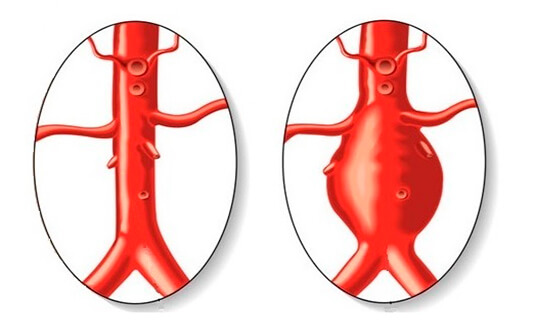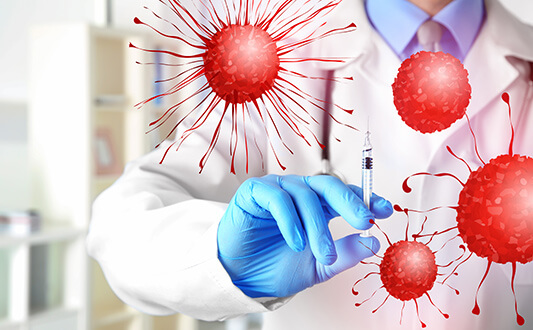Medical Blog About Treatment Abroad
Welcome to our medical blog – it is dedicated to empowering patients with knowledge about global healthcare! We created this platform with the intention to bridge the gap between patients and the medical innovations available globally.
What's Inside: Discover new and rare methods in oncology, immunology, heart surgery, neurosurgery, and other medical fields! Our health travel insights show how medical journeys open new possibilities with advanced treatments unavailable locally, including specialized cancer care abroad.
Who Benefits: This resource is for patients and their families who seek new treatment methods and explore options at leading international hospitals. Those who want to make informed healthcare decisions beyond borders.
Why Read: Booking Health experts provide verified information through patient-friendly articles – they translate complex medical advances into accessible info. Stay current with the latest developments in global healthcare and discover how international medicine can transform treatment outcomes!
Browse our latest articles and take the first step toward better health outcomes!
Latest posts - page 44
 Brain tumor
Brain tumor
Brain tumors are always very complex and serious, as they are located in one of the most important organ of the human body. The extent of danger of these tumors depends on the area of location on the brain. The closer the brain tumor is to the vital centers, the more likely it will be fatal. However, not every brain tumor is...
 Plastic surgery of syndactyly (webbed fingers) in children under 2 years old
Plastic surgery of syndactyly (webbed fingers) in children under 2 years old
Syndactyly, or webbed fingers, is the most widespread defect of the child’s hand. It is characterized by the abnormal connection of fingers or toes. Typically syndactyly involves two fingers – the middle and ring, the thumb and pointer. They may be connected only by skin or, in more severe case, have common bones as well.
 Treatment of joint diseases in Orthopedic Center Munich East
Treatment of joint diseases in Orthopedic Center Munich East
Over the past decades, healthcare in the developed countries made major strides. Thanks to this progress, chronic joint diseases are successfully treated using advancements in medical science and the latest technologies. The Orthopedic Center in Munich East is considered one of the best hospitals in the world for the treatment...
 Diagnostics of cervical cancer
Diagnostics of cervical cancer
Cervical cancer is a disease that can be diagnosed at its early stages unlike other oncologic pathologies if a woman has regular checks at a gynecologist. Cervical cancer does not arise from nothing. The oncologic process is preceded by precancerous conditions, which can be detected and cured in a timely manner. Sometimes, tens of years pass since the onset of precancerous changes in the epithelium of the cervix to appearance of the invasive cancer.
 Thoracic aortic aneurysm
Thoracic aortic aneurysm
 Minor invasive treatment of abdominal hernias in Germany
Minor invasive treatment of abdominal hernias in Germany
Ventral abdominal hernias are any defects of the abdominal wall fascia, except inguinal and hiatal hernias. Millions of surgeries for these conditions are performed worldwide each year. Most of them are carried out in an open manner, under visual control. But in developed countries, minimally invasive surgery is preferred, including laparoscopic and robot-assisted techniques.
 Oral cancer – modern treatment techniques
Oral cancer – modern treatment techniques
According to its histological characteristics and course features, oral cancer is included in the wider group of "head and neck tumors" and comprises neoplasms of the tongue, cheeks, and gums. Oral cancer treatment aims to remove as much of the tumor and affected lymph nodes as possible, as well as destroy the remaining cancer cells with chemotherapeutic, targeted, and immunological drugs.
 Peculiarities of treatment of tetralogy of Fallot in children and adults
Peculiarities of treatment of tetralogy of Fallot in children and adults
Tetralogy of Fallot (ToF) is the type of congenital heart disease diagnosed in up to 3 of 10,000 newborns. The pathology may be detected even before the birth by means of expert fetal echocardiography. The abnormal structure of the heart and major vessels hampers a child’s physical activity and normal physical growth and development.

